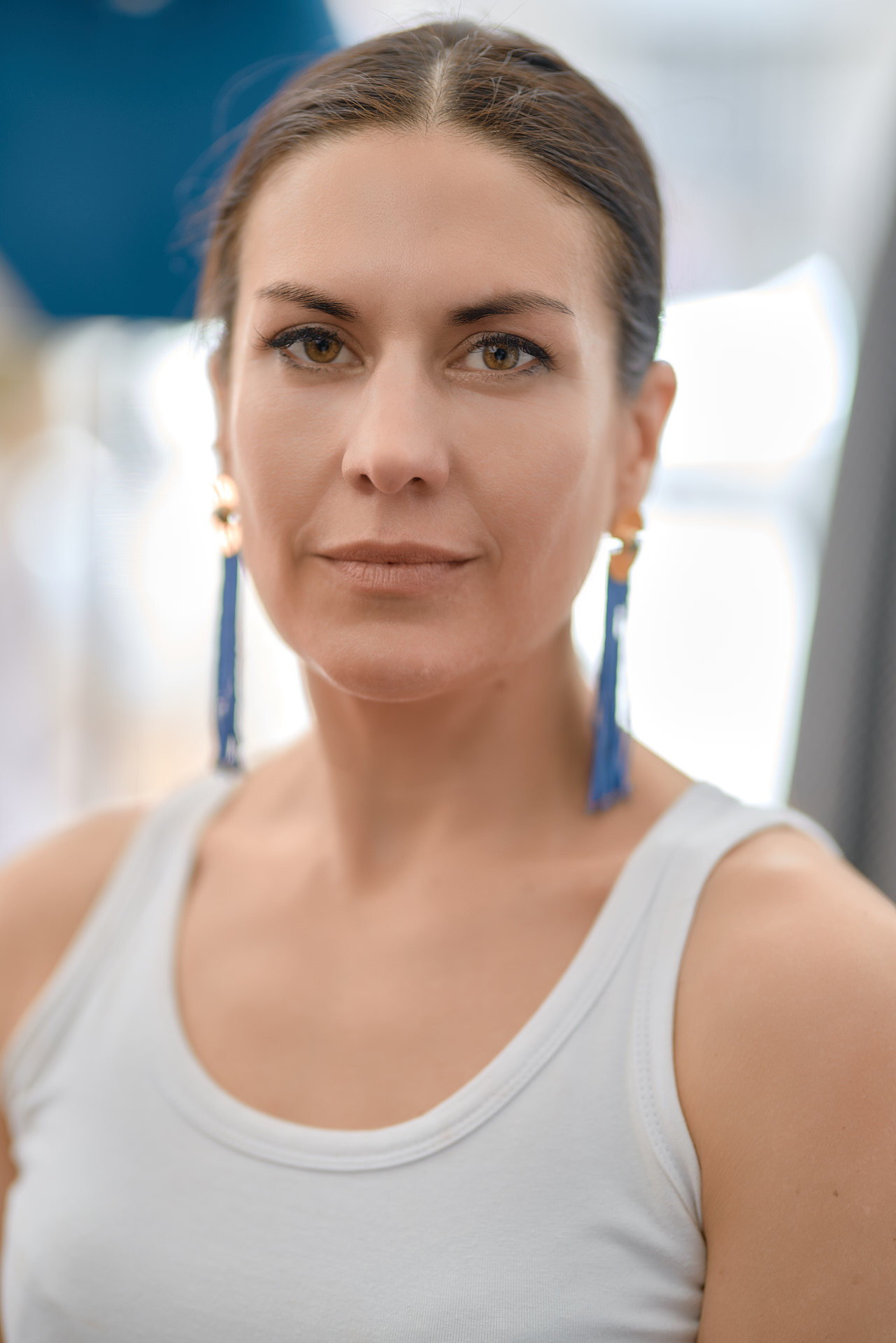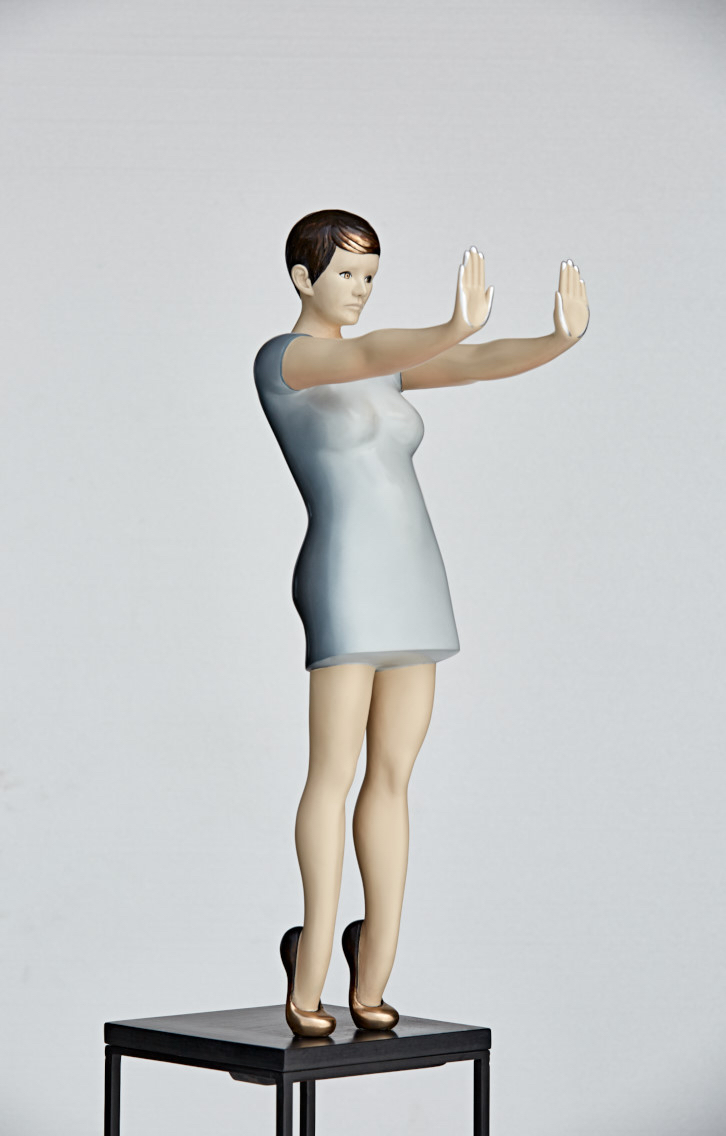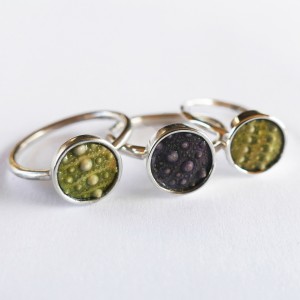
Last winter, I traveled to Cape Town for the first time. My first movements around the city involved sniffing out local designers. My investigations dropped me down the rabbit’s hole that is Instagram and brought me to MeMeMe, a boutique located on 117A Long Street which features South African designers. Everything in the boutique is designed in South Africa and almost all of the items are produced locally. MeMeMe features a dazzling range of styles and items, from the multi-colored skin-toned body positive swimwear line Nude Wear, which celebrates all the different shades and shapes of women (specifically South African women), to the brass and leather earrings of White Rabbit Days, whose last collection is inspired by the architectural details of downtown Cape Town. I tracked down the boutique’s founder, an artist and fashion designer herself, Doreen Southwood.
Doreen and I managed to sit down and chat over a late lunch of delicious bowls of quinoa topped with aubergine, avocado, almonds, cilantro and mint at the Skinny Legs Café, 70 Loop Street. Doreen’s schedule is jam-packed; between overseeing the production of her latest sculptural series, developing new work, and keeping MeMeMe running smoothly and decked out with beautifully arranged windows, rails, and displays, she is a very busy person. This flurry of activity would wilt most, but it suits Doreen’s vivacious and high-energy personality. Doreen, as well as designing classic women’s wear with an emphasis on a playful twist on the silhouette, color, and pattern, curates MeMeMe—ensuring that all the designers represented at the boutique offer distinct and beautifully crafted pieces.
Doreen is an artist, first and foremost. Her sculptural work is acclaimed and has been shown in local and international museums and is well represented in established collections. The content of Doreen’s autobiographical art determines which medium is used to make the work; as the content varies, accordingly, so do the materials and the methods. In the case of her bronze female figures, she views them as diary entries. These figures are cast in bronze and painted to resemble a ceramic finish. The materials used play into ideas around vulnerability; the statues depict women who are seemingly paralyzed at an emotional junction and yet they are weighty, solid, and unflinching.
The figures’ faces are mask-like, but the emotion is expressed in the body’s position and placement. So many of us can relate to these sculptures, standing on the edge, poised to leap or perform a role that’s expected of us. Our faces are calm, pleasant, and composed but our bodies betray us with a tremor, some hesitation, or stiffness. These figures are frozen in perpetua, always on the verge of action or collapse, provoking an emotional and almost physical tension when viewed. Here, Doreen’s work captures the ephemeral underlying stories, emotions, and inner workings of women in solid, weighty cast bronze.
Doreen shared some thoughts about her artistic practice, the importance of stories and having a voice, and how clothing is the common thread that connects her work as well as serving to connect women with one another.
What are you working on these days?
My last series is titled Suspension of Disbelief. The title of the work makes reference to the make believe world we all visit when entertained, for example when watching a film. These figures are modeled in plasticine (an oil-based clay), next a mold is made using fiberglass and silicone. I employ the lost-wax casting process to produce a smooth surface in fettling (i.e. the process of finishing a raw bronze casting) before the work can be painted.
The bronze figure goes through weeks of paint applications and sanding, creating an almost machine made finish which hides the bronze material. I use the same paints and process panel beaters (i.e. auto body repair workers) use to spray a motor vehicle. It is time consuming to the extent that the spray work assistant mentioned that it is easier and less time consuming for him to strip a regular car of all its paint and re-spray it, than give a sculpture under one meter in height this detailed attention. It is very much made up from correcting mistakes and hiding human error, which can be exhausting. You have to redo and redo…almost a type of torture that you are submitted to.
How many are in a series?
It’s an edition of five, not including the artist’s proofs. I usually cast three proofs, two artist’s proofs and a third one for myself, although I do sometimes sell these. I somehow don’t keep my work for myself but would like to in future.
I’m also making a series of paintings and planning some big scale installation work, in the hope of working towards an exhibition soon.
What makes the South African art scene distinct?
The visual arts in South Africa have a well-established history with many galleries and institutions currently supporting contemporary art. Various galleries represent artists at international fairs such as Frieze London and Art Basel. South African art fairs (with the help of local business) provide another platform from which African contemporary art is shown to a global audience. Locally, museums and galleries work together. It is good to know the content of the work is supported and not only the commercial element.
Within the South African art environment, people are made aware of the interest to rewrite histories as well as the need to revisit memories. Sometimes these are histories and memories most would prefer not to revisit.
In a culture this diverse, various groups of woman and men exist, each with a different set of memories from one of the many cultural backgrounds. We have to write our own histories so as to take ownership. South Africans are aware that our local history was written from a colonialist mindset. So many people have voices that have never been given a platform before. To mention some: lesbian culture in townships, or the forgotten voices of local sex workers. Taking in account the agony within the history where a blind eye was turned, art gives a space within which difficult conversations can take place.




Doreen Southwood, Suspension of Disbelief, 2015
photographer: Jan Verboom
How did you get into designing clothing and having a boutique from being a sculptor?
I sometimes feel that everything I do is a reaction to something else, decisions falling like dominoes. When I was studying art, I always had an interest in identity and wanted to engage with materials that could communicate different ideas. I was very much aware of the story of my life, where many women communicated their identities through the clothing they wore. I see my art making as separate from the clothing I design. It is different in that clothing considers the buyer; for example, a dress is made in various sizes and colors.
In the environment I was brought up—I sometimes call it “The Happy Face Culture”— a lot of effort went into non-verbal communication. It is almost as if a world masked in pleasantries makes the pain go away or the human element go away. The women who raised me put a lot of effort into their appearance. We developed relationships around dresses, and I quickly learned the value of establishing your identity through the use of clothing. This can be an empowering tool for a little girl, to be given awareness of the presence of clothing you choose to be representative of you. Within that, there is a language.
In the context of my family, women communicated by swapping clothing, trying on clothing, shopping trips, and talking about our bodies. It’s a layered experience, where shopping becomes an intimate and personal experience.
I like that I was made aware of myself making decisions around clothing I wanted to wear. This gave me freedom from wanting to dress for others or solely following trends. I played around more in my twenties and thirties. Now I am settled in wanting to dress for comfort, exploring the mountains and forests in and around Cape Town.
I think my personal views around women, their bodies and clothing, reflect within what my clothing store MeMeMe makes available to the public. Specifically, my views are reflected in the choice of designers who supply the store. I admire people who consider different ways of seeing. It is a privilege to be able to stock these designers. They are inspirational in that they are not replicating but are making from what they see and love in their personal environment.
In turn, this attracts buyers with a similar mindset: women who are self aware, with an interest in clothing design linked to their identity.
In addition to promoting individual style through local means, local designers and materials, what else would you say is part of the overall vision or artistic direction for MeMeMe?
The most important aspect brought forward in the MeMeMe store is that we are not trying to separate Western fashion from African aesthetics. Our designers get this. Africa still has an “exotic” presence, especially in Europe and other “First World” countries. We want to be part of changing this mindset, where there will not be an “other’’ or outsider aesthetic seen as something apart.
So it is not about trends. MeMeMe designers celebrate the world they come from as well as share this with the public who support their design work.
South African designers love to celebrate the local environment. Many creatives take from the materials that surround them. One of my personal favorites at MeMeMe is the Kinkel jewelry range, she collects sea urchins from beaches from which shapes are perfectly cut out and set in rings, pendants and earrings.

There is an awareness of the materiality or the process. An example of this is the designer of the earring range White Rabbit Days, who uses laser cutting to create her leather and copper relief pieces. The process starts by her taking photographs of buildings in Cape Town, and these images are turned into detailed objects (earrings) mimicking the patterns found in Cape Town.
Our approach is very much about selling the story attached to the clothing and accessories. To name two more: hats by Simon and Mary and jewelry by Nina Bosch.
Simon and Mary is a company based in Johannesburg, it was started by the grandfather, taken over by the father, and is now run by the son. Each generation brings their own story to these 100% wool felt hats.
Nina Bosch was born into a family of ceramicists. She works from a studio in the African bush on the outskirts of the White River up north in Mpumalanga. Her fine porcelain jewelry pieces consist of earrings, necklaces, and rings. I love her personal history, as well as the setting from where she creates. This information becomes part of what a customer will remember after purchasing an item from her range. Each jewelry piece carries this energy. It’s definitely not linked to fast fashion.
____


0 thoughts on “Doreen Southwood: artist, designer, and founder of MeMeMe”